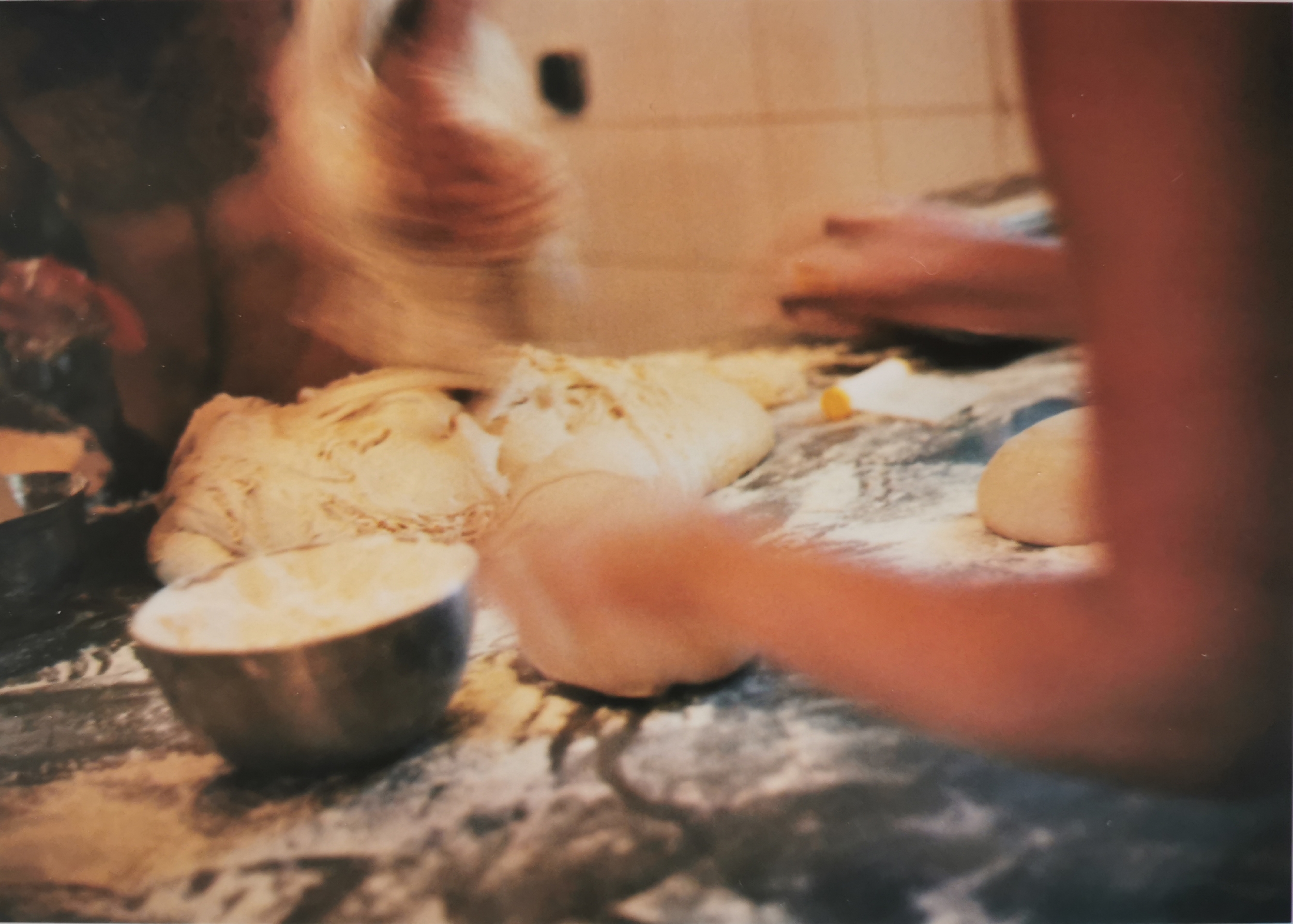For most of this article, I will talk about bread common in the West: leavened bread, made mostly of wheat flour, that is said to have appeared in Ancient Egypt four millennia or so ago—even though some women somewhere earlier had surely experienced the chemical reaction of flour and water giving birth to yeasts and bacteria. See Ali Rebeihi, “Les plaisirs et bienfaits du pain,” April 7, 2022, France Inter, podcast →.
See →.
The title of this text is taken from Louis Blanc’s History of the French Revolution, where he recounts the victory cry sung by people who captured the King, Queen, and their child: “We will lack bread no longer! We have brought back the baker (masculine), the baker (feminine), and the little baker.” See →.
See Association Terracanto, “Le chant des grenouilles—1 chapitre,” June 24, 2020, Chant de la multitude, podcast →.
See Rami Zurayk, “Use Your Loaf: Why Food Prices Were Crucial in the Arab Spring,” The Guardian, July 16, 2011 →.
Lodging occurs when a vertically growing plant falls over, damaging the potential for growth. See →.
For more details, see →.
See Groupe Blé de l’ARDEAR AURA with Mathieu Brier, Notre pain est politique (Dernière Lettre Eds, 2019).
But bran also provides shelter for most of the pesticides and chemical inputs. Be wary of nonorganic whole wheat flour!
It’s like any current food-processing method: the raw material is not used for its content, but for its role as pure matter. The industry needs wheat to turn into flour, but the process empties the wheat of its substance, so new substances need to be added. The same goes for cheap wine: harvested grapes can be green or moldy—it doesn’t matter because the taste will be created chemically. As part of the current fad for healthy living, one finds many articles describing white flour processing and its consequences.
This trend has now completely reversed: a browner color now means healthy, more expensive bread.
Until the nineteenth century it was not uncommon for millers, retailers, or small merchants to add ashes or tiny rocks to flour, so it could be sold at a higher price.
Paraphrased from an artisan baker interviewed by Ali Rebeihi, “Les plaisirs et bienfaits du pain.”
See →.
Wendy Hollands, “Artisan vs. Industrial Bakeries,” Le Franco Phoney (blog), February 9, 2014 →.
See →.
There is an quasi-political distinction between ancient wheat (blé ancien), which is most commonly used, and peasant wheat (blé paysan). The former implies a return to tradition, to a kind of lost Eden that never existed, and does not acknowledge the interaction between seeds and the peasants that sow and mix them, between seeds and the environment they naturally evolve in and with.
